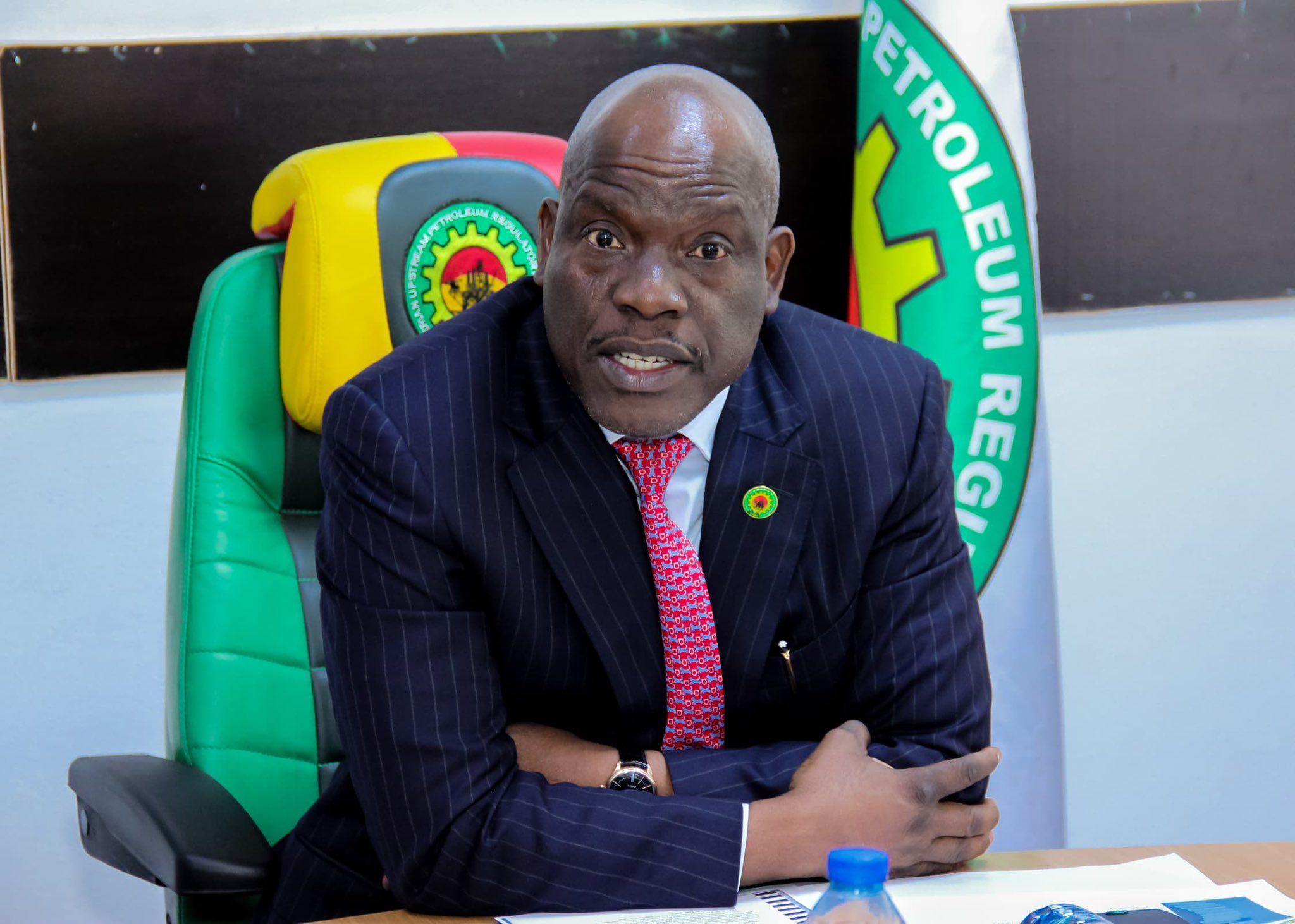
Regulator says reactivated wells, 37 new evacuation routes and tighter security already boosting production…
The Nigerian Upstream Petroleum Regulatory Commission (NUPRC) says the country’s ambition to reach 2.5 million barrels per day (bpd) crude oil production by 2026 is well within reach, buoyed by the ongoing reactivation of shut-in wells and dormant fields across the country.
NUPRC Chief Executive, Gbenga Komolafe, disclosed this on Thursday at the 2025 Energy Correspondents Association of Nigeria (ECAN) Conference in Abuja, themed “Four Years of the PIA: Achievements, Gaps and the Road Ahead.”
Komolafe, who was represented by Kingston Chikwendu, Head of Regulatory and Statutory Compliance, said Nigeria is simultaneously working toward a 60% methane emissions reduction by 2031, in line with global climate commitments.
Production Push Gains Momentum
According to Komolafe, the 2024 launch of the Project One Million Barrels Initiative has increased daily unreconciled production to between 1.7 million and 1.83 million barrels, with a clear path toward the 2026 target.
He added that the approval of 37 new crude evacuation routes alongside enhanced collaboration with national security agencies has curbed oil theft and strengthened operational accountability.
“At the same time, the enforcement of the Domestic Crude Supply Obligation (DCSO) is ensuring steady feedstock for local refineries, improving internal supply chains and positioning the country for long-term resilience,” Komolafe said.
Nigeria’s Dual Challenge: Maximising Resources, Managing Risks
The NUPRC boss stressed that Nigeria must balance exploiting its vast reserves, estimated at 30% of Africa’s crude oil and 34% of gas reserves with managing the risks of a rapidly evolving global energy landscape.
He cited the success of recent bid rounds anchored on improved data access, regulatory clarity and investor confidence. These included the 57 Petroleum Prospecting Licenses (PPL) issued in 2022, the 2022 Mini-Bid Round, and the 2024 Licensing Round.
Gas-Centred Transition Strategy Takes Shape
Komolafe said that while oil still accounts for nearly 90% of Nigeria’s foreign exchange earnings and 70% of government revenue, the long-term energy blueprint is anchored on gas.
He highlighted key programmes such as:
- Decade of Gas Initiative
- Nigerian Gas Flare Commercialisation Programme (NGFCP)
- Presidential CNG Initiative
Collectively, these are designed to eliminate routine gas flaring by 2030 and achieve a 60% reduction in methane emissions by 2031.
The regulator is also developing a more competitive and transparent gas market targeted at unlocking over 600 trillion cubic feet (TCF) of potential gas resources and positioning Nigeria as a regional energy hub.
New Frontier Opportunities Emerging
Komolafe noted that new licensing regimes are opening up fresh opportunities in onshore, shallow-water, deep offshore and underexplored basins, creating avenues for multi-billion-dollar investments.
NMDPRA Highlights Sector Reforms, Boost in Local Refining
In a related address delivered at the conference, the Chief Executive of the Nigerian Midstream and Downstream Petroleum Regulatory Authority (NMDPRA), Farouk Ahmed, said the agency has spent the last four years strengthening regulatory compliance, improving service delivery and deepening stakeholder collaboration.
Represented by spokesperson George Ene-Ita, Ahmed revealed that the Authority has gazetted 18 regulations, developed new standard operating procedures, and intensified automation to streamline processes and ease business operations.
He added that crude supply to domestic refineries has risen from 20,000 bpd in 2023 to over 40,000 bpd in 2025, while locally refined PMS supply increased from 1.3 billion litres in 2024 to 3.8 billion litres in 2025.
Major Infrastructure Financing Underway
Ahmed also listed major achievements of the Midstream and Downstream Gas Infrastructure Fund (MDGIF):
- ₦287 billion invested across 62 gas infrastructure projects
- $500 million leveraged through Afreximbank’s partnership
- Support for key national projects including:
- UTM Offshore floating LNG
- NLNG Train 7
- AKK Pipeline
- OB3 Pipeline
- AIPCC Refinery
- Indorama Fertiliser Plant
- Greenville LNG/LCNG projects
- Waltersmith Refinery Train 2
- Supertech Methanol Project
He added that 10 gas distribution licences had been issued, covering 692 km of pipelines with 712 MMscf/day capacity and 412 connected customers, with a total investment value of $639.07 million.
Ahmed also disclosed that 23 refinery “Licences to Establish” (LTEs) have been issued since 2021, with a combined potential refining capacity of 850,000 bpd when completed.
Marketers Call for Process Reforms
The Major Energy Marketers Association of Nigeria (MEMAN) urged regulators to invest in building stronger legal, technical and administrative capacity across the industry.
Represented by Mohammed Al-Kazeem, the association called for streamlined licensing processes, elimination of bottlenecks, digital workflows, and strict enforcement of competition rules to ensure open access to infrastructure.
“A level playing field will lower prices, protect consumers, encourage innovation and improve overall market outcomes,” MEMAN said.
Government Says Gaps Remain
Minister of State for Petroleum (Gas), Ekperikpe Ekpo, described the dialogue among journalists, policymakers and industry stakeholders as timely.
Speaking through Ruth Mela-Nunghe, Director of Gas at the Ministry, Ekpo said while the PIA has laid the groundwork for reforms, gaps remain in community development, cultural integration, energy transition and long-term sustainability.
ECAN: PIA Has Improved Transparency, But Work Continues
ECAN Chairman, John Ofikhenua, said the Petroleum Industry Act has introduced structure and transparency into the energy sector but remains a “living document.”
“As global energy evolves and the world races toward cleaner and smarter solutions, we must continuously adapt,” he said.



